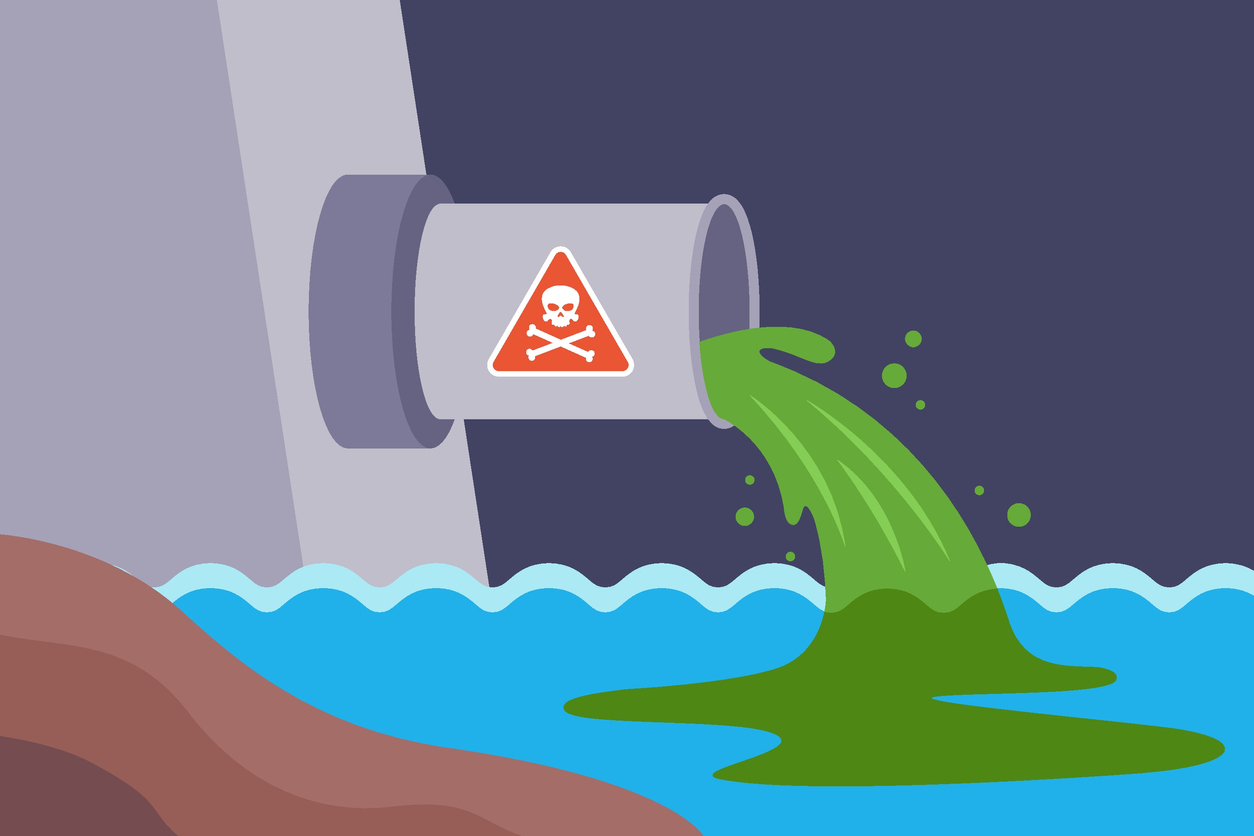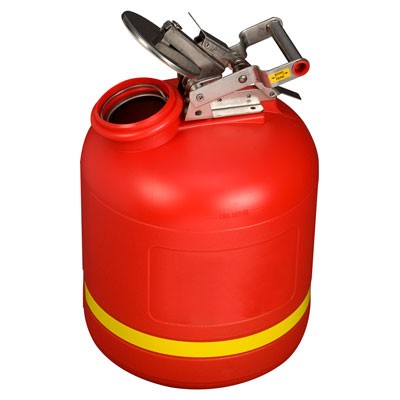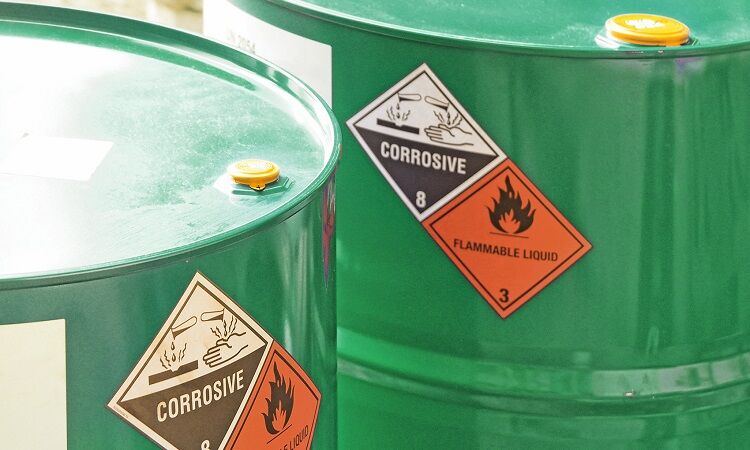Dependable Liquid Waste Disposal Melbourne: Safe and Efficient Providers
Dependable Liquid Waste Disposal Melbourne: Safe and Efficient Providers
Blog Article
How Fluid Garbage Disposal Works: A Comprehensive Introduction of Methods and Technologies Employed

Introduction of Fluid Waste Types
The intricacy of liquid waste types necessitates a detailed understanding of their characteristics and effects for disposal. Liquid waste can generally be categorized into a number of types, consisting of commercial, metropolitan, agricultural, and contaminated materials. Each group shows distinct residential or commercial properties, calling for details monitoring methods to minimize ecological and wellness dangers.
Industrial liquid waste stems from making processes and often contains a series of pollutants, such as heavy metals, solvents, and organic substances. Community liquid waste, largely consisting of wastewater from homes and commercial establishments, contains raw material, nutrients, and microorganisms (industrial wastewater treatment). Agricultural fluid waste, consisting of runoff from farms, may consist of fertilizers, chemicals, and pet waste, positioning threats to water top quality and ecosystems
Harmful fluid waste is characterized by its toxicity, sensitivity, or prospective to create harm. This classification consists of substances like acids, bases, and particular chemicals that require rigorous handling and disposal procedures. Comprehending these varied liquid waste types is essential for developing reliable disposal methods and guaranteeing conformity with environmental guidelines. Proper category and characterization are essential for executing ideal treatment techniques and minimizing the negative influences on public health and the setting.
Physical Therapy Methods

Testing is the preliminary action, where bigger particles and debris are eliminated from the liquid waste using displays or grates. In sedimentation tanks, larger fragments settle at the base, forming a sludge layer, while the clarified liquid can be further dealt with.
Filtration is one more essential technique that entails passing the liquid via permeable products, such as sand or membranes, to catch smaller particles. This step boosts the top quality of the liquid, making it ideal for succeeding treatment procedures.

Chemical Treatment Strategies
Chemical therapy techniques are vital for effectively taking care of liquid waste, especially in resolving liquified and colloidal pollutants that physical techniques might not adequately eliminate. These methods use different chemical representatives to reduce the effects of, speed up, or change dangerous substances into much less damaging kinds.
One usual approach is coagulation and flocculation, where chemicals such as alum or ferric chloride are contributed to promote the gathering of suspended particles. This process boosts sedimentation, permitting for simpler removal of the resulting sludge. In addition, oxidation procedures, employing agents like chlorine or ozone, are utilized to damage down complicated organic compounds and virus, making the read this article waste more secure for discharge or more therapy.
Neutralization is an additional essential strategy, which readjusts the pH of acidic or alkaline waste streams to neutral degrees, preventing prospective injury to downstream systems and the setting. Furthermore, advanced oxidation procedures (AOPs) make use of mixes of oxidants and ultraviolet light to weaken consistent pollutants, achieving a greater degree of therapy effectiveness.
Organic Therapy Processes
Biological treatment procedures play a critical duty in the management of liquid waste by using microorganisms to decompose raw material and lower contaminant degrees. These processes can be broadly classified right into cardiovascular and anaerobic therapies, each using details microbial communities to achieve efficient waste degradation.
Aerobic treatment includes making use of oxygen to assist in the break down of natural materials by microorganisms. This process is generally implemented in activated sludge systems, where aeration storage tanks offer a helpful environment for microbial development, causing the oxidation of natural pollutants. The resultant biomass can be divided from treated effluent via sedimentation.
In contrast, anaerobic treatment happens in the lack of oxygen, relying upon various bacteria to damage down organic matter. This approach is particularly useful for high-strength waste, as it creates biogas, a renewable power resource, while lowering sludge production. Technologies such as anaerobic digesters are frequently used in metropolitan and commercial applications.
Both anaerobic and cardio biological therapies not only decrease the ecological influence of liquid waste however also help with source find more information healing, making them vital parts of sustainable waste monitoring strategies. Their performance, performance, and adaptability sustain their extensive execution across numerous sectors.
Arising Technologies in Disposal
Cutting-edge approaches to liquid garbage disposal are swiftly evolving, driven by developments in technology and a boosting emphasis on sustainability. Among these emerging modern technologies, membrane layer bioreactors (MBRs) have gained grip for their capability to integrate organic therapy with membrane purification, resulting in top notch effluent that can be recycled in numerous applications. MBRs allow smaller sized footprints and extra effective operations compared to traditional systems.
Another appealing growth is making use of anaerobic digestion combined with nutrient healing modern technologies, which not just deals with fluid waste however additionally generates biogas and recuperates useful nutrients like nitrogen and phosphorus. This dual benefit enhances source performance and reduces environmental impact.
In addition, progressed oxidation procedures (AOPs) are being adopted for the degradation of complicated organic toxins. These techniques make use of effective oxidants and catalysts to damage down impurities at the molecular degree, supplying a highly efficient service for challenging waste streams.
Furthermore, the integration of fabricated intelligence and device knowing in waste management systems is enhancing operational effectiveness and anticipating maintenance, resulting in reduced expenses and boosted ecological compliance. These technologies show a substantial shift in the direction of more lasting and effective fluid waste disposal methods.
Verdict
In final thought, efficient liquid waste disposal requires an extensive understanding of different strategies and technologies. By continuously progressing these techniques, it comes to be feasible to deal with the expanding obstacles linked with liquid waste, eventually adding to ecological defense and source recuperation.
Fluid waste disposal is a critical element of ecological administration, needing a thorough understanding of numerous strategies and technologies customized to various waste kinds. Fluid waste can extensively be categorized right into several kinds, including industrial, metropolitan, farming, and unsafe waste. Agricultural fluid waste, including overflow from ranches, may consist of fertilizers, chemicals, and animal waste, positioning dangers to water quality and ecological communities.
Numerous physical treatment approaches play an important duty in managing fluid waste successfully - industrial wastewater treatment.In verdict, efficient liquid waste disposal demands an extensive understanding of different strategies Read More Here and technologies
Report this page